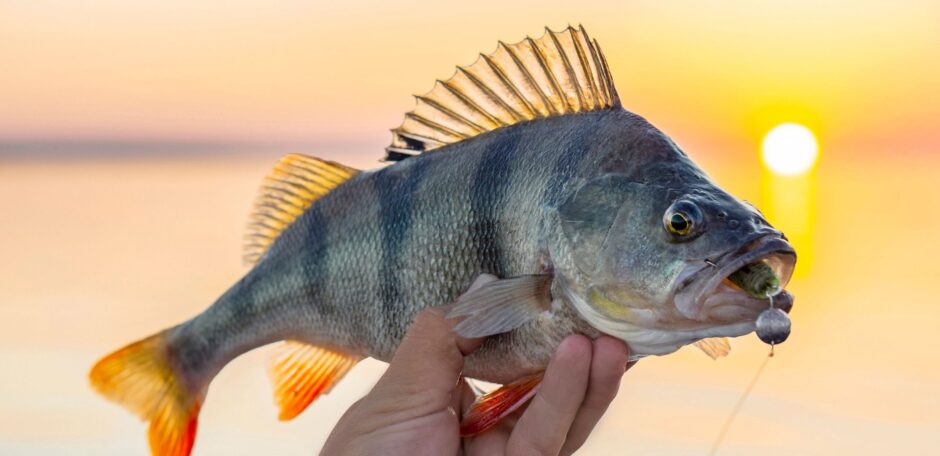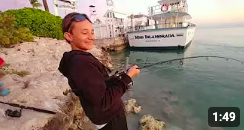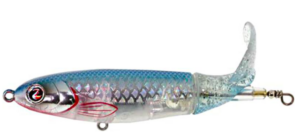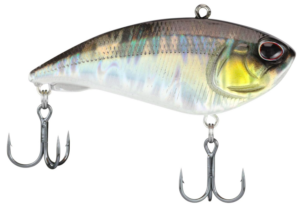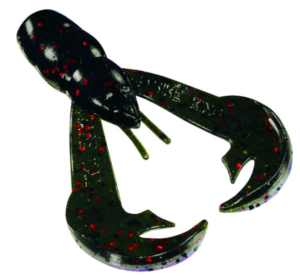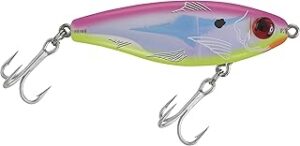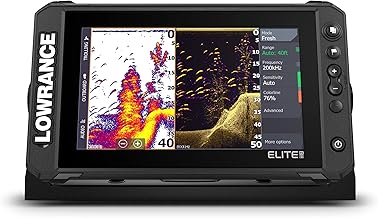Spring
In the spring, perch move out of deeper water and head towards the shallows to spawn when water temperatures rise into the mid 40s to low 50s. Some fish will travel many miles to get to their spawning sites, while others travel to the closest bay from their wintering areas. Perch will be looking for sand, rock, or gravel bottoms to spawn. Locate bays, islands, rocky points, and shallow areas with scattered weeds. Most fishermen will use bobbers with small jigs or a small hook and a piece of a nightcrawler.
Summer
When the perch are done spawning, good numbers of fish will stay in the shallows for 2 to 3 weeks. You can still catch some decent-sized perch in the shallows around the weeds, rocks and docks. Once water temperatures rise into the mid 60s to low 70s, most of the bigger perch will be found in deeper water. Perch can be anywhere from 12 to 35 feet deep and some fish will even suspend over deeper water. Some smaller perch will always be found shallow during the summer, especially if there are docks and weeds available in the shallows.
To fish for the deep water perch, drop-shot rigs and carolina rigs will help you get your bait down to the appropriate depths. Small minnows and half nightcrawlers are all you need to target the bigger perch. Some fishermen have success with small jigs and small jigging spoons, but live bait is tough to beat.
Fall
In the fall, fishing gets a little easier for most perch fishermen. Schools of perch will move back into the shallows again as water temperatures cool. Some of the biggest perch will stay in slightly deeper water, but you should be able to catch a lot more keeper-sized perch in the shallows compared to the summer. Weed edges in 8 to 12 feet of water is a good place to start. Points, mid-lake humps, rocky shorelines, and docks in deep water will also hold some perch during the fall. As water temperatures continue to drop in the late fall, expect to find some of the bigger fish back out in deeper water.
Winter
Perch are loved by most ice fishermen. Perch will feed throughout the entire ice fishing season and they taste great. Because perch hang out in schools, you can catch your limit in a couple of hours if you can find them. Use your electronics to find schools of fish on the bottom. Perch will usually be found close to the bottom throughout the winter. Small jigging spoons tipped with minnow heads and maggots are some of the best baits for winter-time perch. If you see fish on your fish finder, but you can’t get any bites, try keeping your jig a couple of feet above the fish and change up your jigging methods. This will usually entice them into feeding. If this doesn’t work, you may need to keep moving to find active fish.
[wpinsertshortcodead id="vejba5f8dae3957a57"]
